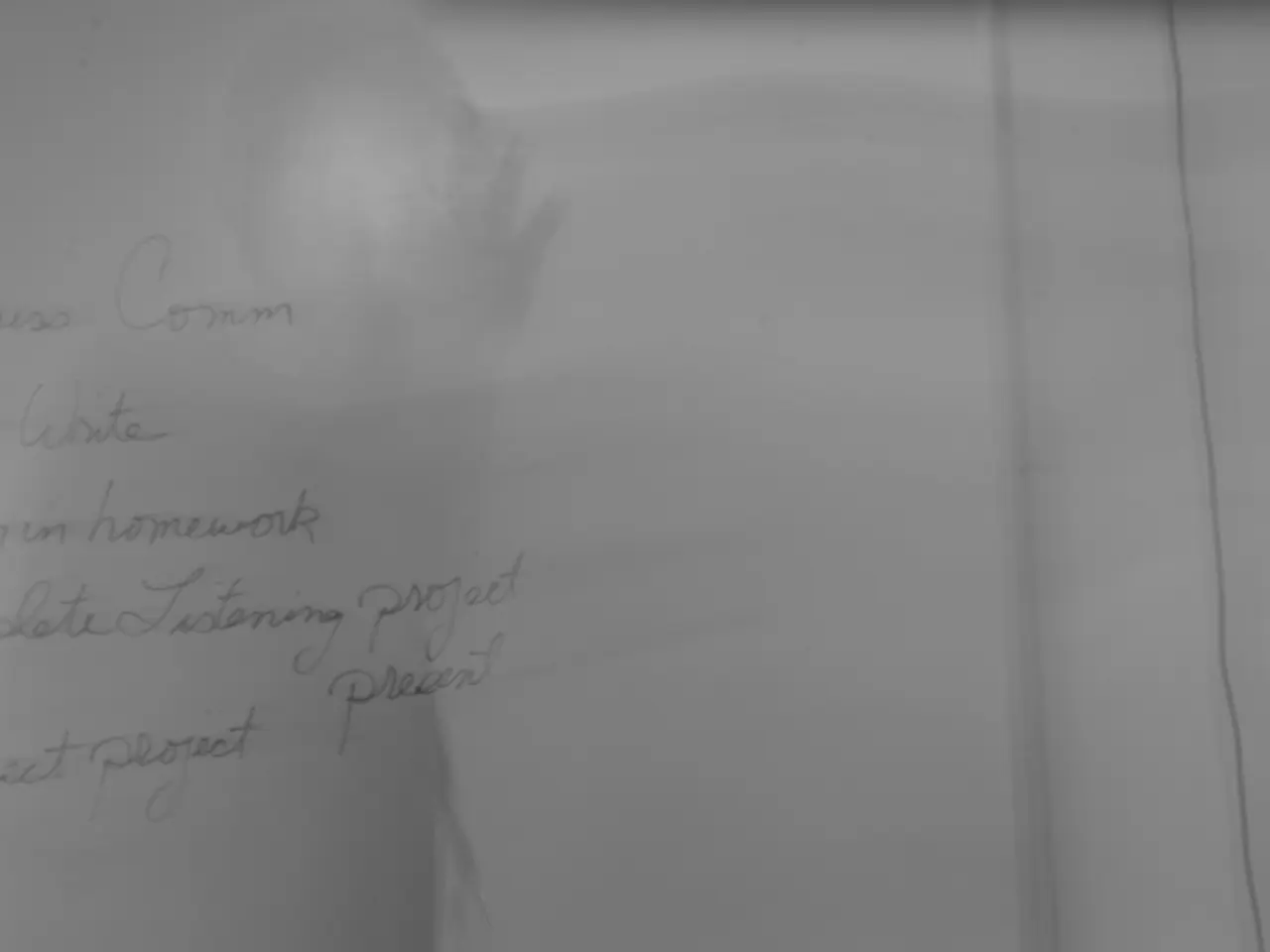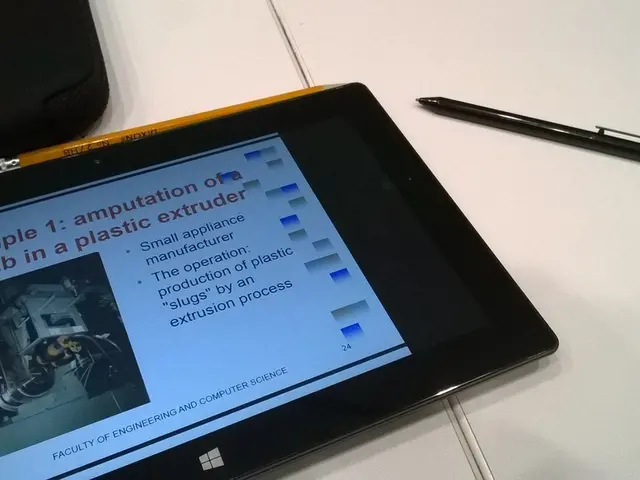Understanding Research Paper Headings and Subheadings in APA and MLA Styles
Guide to Structuring Research Paper Titles and Subtitles
Research papers require a well-structured and organized format to ensure clarity and readability. Two of the most commonly used style guides for formatting research paper headings and subheadings are the APA (7th edition) and MLA (9th edition) styles.
APA Style Headings and Subheadings
The APA style uses a five-level heading system to indicate the hierarchy and structure of sections in the paper. Here's a breakdown of each level:
- Level 1: Centered, Bold, Title Case — begins as a new paragraph.
- Level 2: Flush Left, Bold, Title Case — new paragraph.
- Level 3: Flush Left, Bold Italic, Title Case — new paragraph.
- Level 4: Indented, Bold, Title Case, ending with a period. Text begins on the same line.
- Level 5: Indented, Bold Italic, Title Case, ending with a period. Text begins on the same line.
Avoid using an "Introduction" heading; the paper’s title serves this purpose. All headings of the same level have the same formatting. Also, avoid having only one subsection heading; use at least two subsections or none. Do not add extra blank lines before or after headings, and the number of heading levels used depends on the paper’s complexity.
MLA Style Headings and Subheadings
Unlike APA, MLA does not have a prescribed, fixed system of heading levels. Instead, MLA recommends using consistent formatting and a clear hierarchy if headings are needed. Headings are often in Title Case, like the paper’s title. Commonly, MLA papers use plain text headings, often centered or left-aligned, and formatted with consistent font (Times New Roman 12 pt).
Capitalization follows MLA title case rules: capitalize principal words but not articles (a, an, the), coordinating conjunctions, or short prepositions, except when they begin or end a title or subtitle. MLA focuses more on clear organization within the text rather than a rigid heading system. Always follow specific instructor or publication guidelines because MLA allows flexibility regarding headings.
Summary Table
| Aspect | APA (7th Edition) | MLA (9th Edition) | |----------------------------|-----------------------------------------------------------|-------------------------------------------------| | Heading Levels | 5 levels with distinct formatting | No fixed levels; flexible and less formal | | Level 1 | Centered, Bold, Title Case | Typically centered or left-aligned, title case | | Level 2 | Flush Left, Bold, Title Case | Consistent style, no specific format required | | Level 3 | Flush Left, Bold Italic, Title Case | As above | | Level 4 | Indented, Bold, Title Case, period, text on same line | As above | | Level 5 | Indented, Bold Italic, Title Case, period, text same line| As above | | “Introduction” heading | Not used; assumed | Often used as a regular heading if desired | | Capitalization | Title Case | Title Case with specific exceptions for small words (articles, conjunctions, prepositions) | | Spacing before/after heading| No extra blank lines | No specific rule; keep consistent formatting |
Important Notes
- APA focuses on a clear hierarchical structure via heading levels suited to complex papers.
- MLA prioritizes content organization and consistent presentation rather than fixed heading styles.
- For MLA, consult assignment guidelines as formatting may vary, and instructors may prefer specific heading styles or none.
- Refer to official APA and MLA manuals or trusted institutional guides like Purdue OWL for detailed examples and clarifications.
When formatting headings and subheadings in the MLA style, it is important to be consistent, clear and concise, maintain hierarchy, use parallel structures, and proofread carefully. The APA style dictates that you can use up to five levels of headings, while the MLA style does not specify the number of levels of headings that can be used, but it is recommended to stick to a maximum of four or five levels to prevent confusion. Research paper headings and subheadings provide clarity and organization, and add to the readability and comprehension of your paper.
- To improve academic writing and submission readiness, consider using a language editing service for your research paper to ensure academic integrity.
- In the pursuit of academic productivity, understanding the difference between APA and MLA style headings and subheadings in education-and-self-development is crucial.
- Academic translation services can help non-native English speakers ensure their research papers are written in fluent, clear language, adhering to the chosen style guide.
- A plagiarism checker can aid in maintenance of academic integrity by verifying the originality of research paper content.
- Writing support services, such as workshops on APA and MLA formatting, can enhance learning and understanding of research paper organization, thereby improving overall academic performance.




